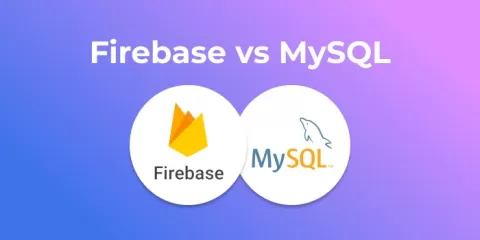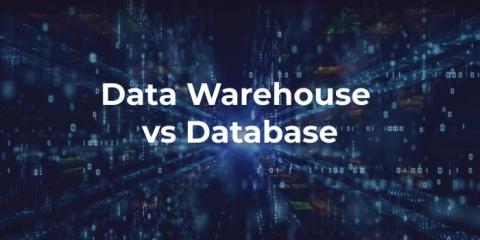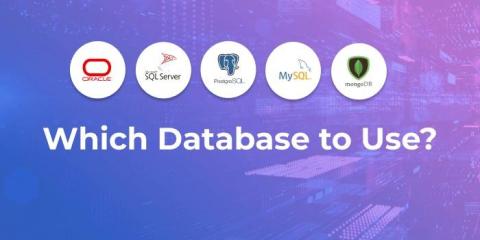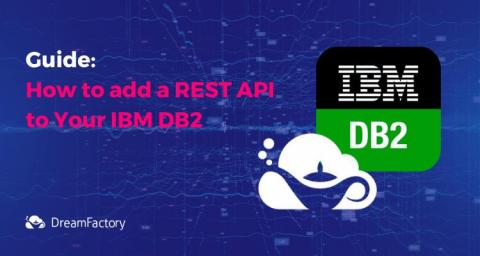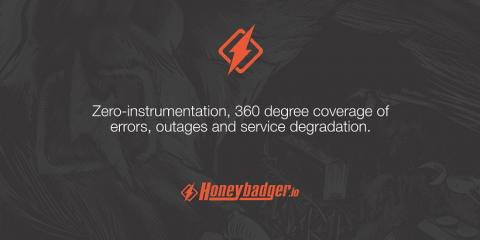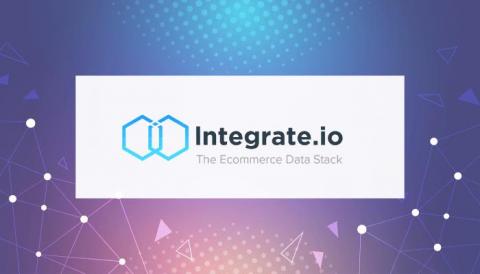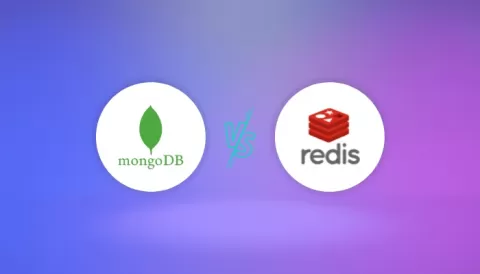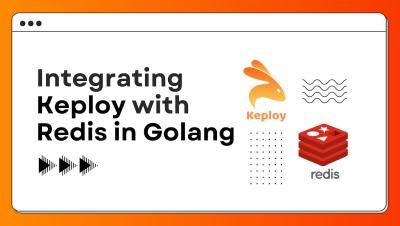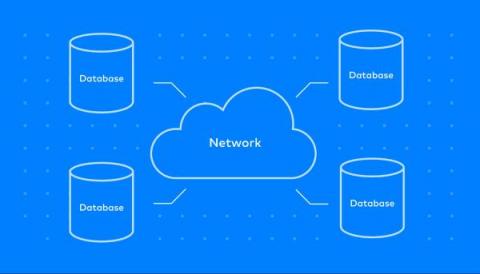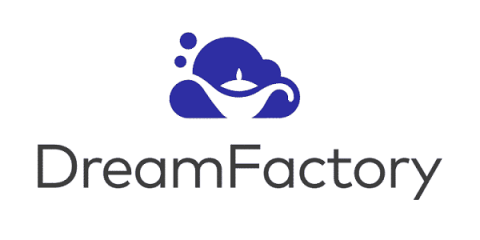Firebase vs. MySQL: Battle of the Databases
SQL or NoSQL? That is the question. Successful companies need reliable, robust databases to handle their day-to-day data management needs. However, with so many technologies on the market, it can be difficult to know which database provider is right for your company. Firebase and MySQL are two database solutions built very differently.


